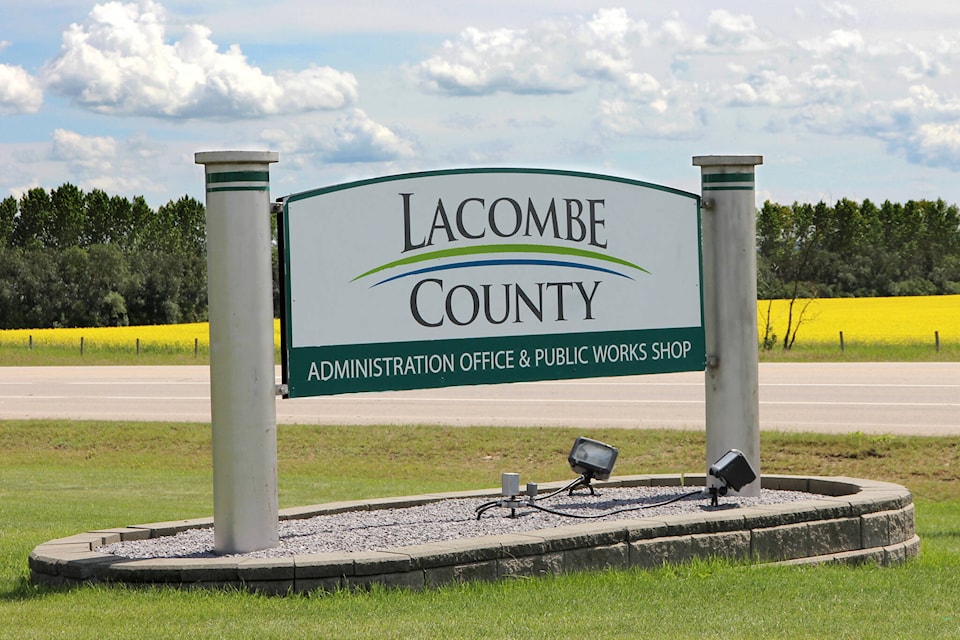Lacombe County is easing its rules on farm housing to help sustain family farms
Council voted last week to reduce the size of agricultural parcels where two dwellings are allowed to a minimum of 10 acres from 40 acres.
A significant number of county residents support the move to allow a second home to be built on a farm as a way to make it easier for young farm families to get a start by giving them more housing options.
The county’s recently adopted Economic Development Strategy identifies housing and the need to provide more options as a top priority. A 2023 survey found 63 per cent of respondents were in favour of reducing the minimum parcel size where two homes will be allowed.
“The range of housing choices remains an important consideration with regard to economic development, attracting people to live in the community and accommodating the needs of the existing community,” says a planning report for council.
“The community has indicated that it is difficult for their families to continue to reside in the county due to the current dwelling policies, and many have relocated outside our municipality due to housing supply shortages, contributing to our stagnant population statistics.”
The last three federal censuses in 2011, 2016 and 2021 show Lacombe County’s population has shown almost no growth, hovering around 10,300.
A public hearing on the proposed changes held last month drew 25 responses. Sixteen were in favour of relaxing the minimum parcel size, eight were against and one was neutral.
Those opposed to the change have raised concerns that allowing more housing dilutes the county’s agricultural focus and opens the door to more conflict between farmers and rural homeowners. It was also pointed out that the minimum parcel size was already reduced to 40 acres from 80 acres in 2017.
Coun. Brenda Knight was one of two councillors, along with Ken Weenink to vote against the changes to the Municipal Development Plan and Land Use Bylaw.
Knight questioned how widely supported the parcel size changes were given the feedback, which she said came from a “percentage of a very small percentage” of county residents.
“Personally, I do not see a clear majority direction. I just do not feel I saw that,” said Knight.
“To me, I see long-term implications with this going forward.”
Weenink said he has heard from ratepayers who are not convinced their rights will be protected if more housing density is allowed.
Coun. Dana Kreil said county residents who favour the change had told her that families and their children are necessary to keep rural schools open.
The change will only affect 529 properties and since separate title will not be allowed it will not be easy for many to be approved for a mortgage. There is unlikely to be a “stampede” of applications for second dwellings, she added.
Coun. John Ireland said young farmers were among those who told council they were in favour of allowing more homes.
The county too wants to see more young farmers stay home, he said.
